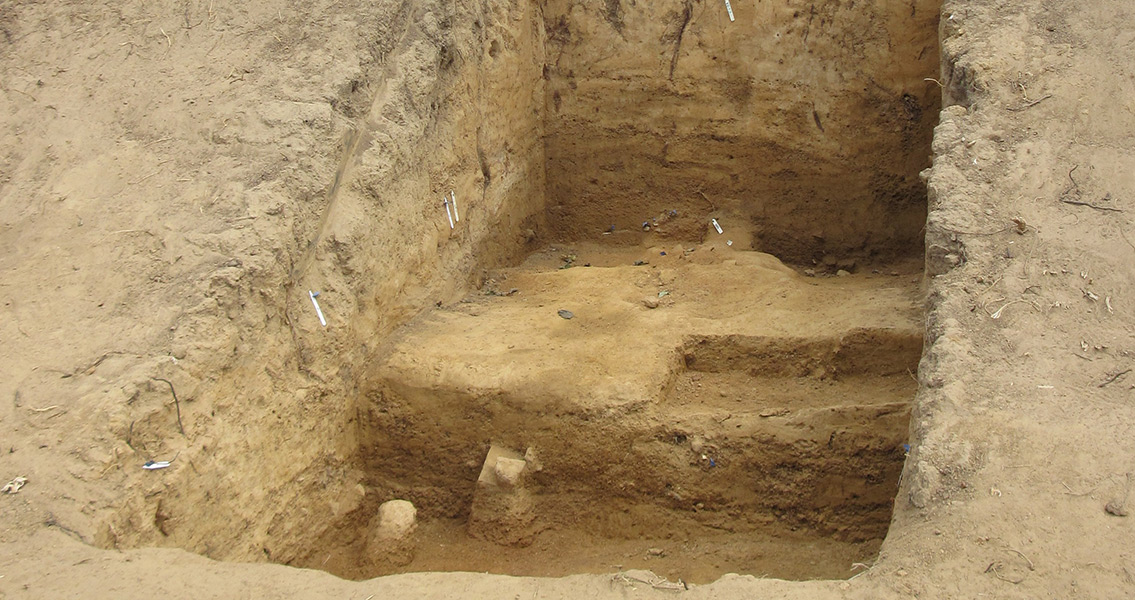<![CDATA[In the little Channel Island off the coast of Normandy, an archaeological dig has uncovered a number of artifacts dating back to the final days of the last Ice Age to grace the globe. One of the most noteworthy finds comes in the form of several stone pieces that have been carved in a cross-hatch pattern. Initial analysis has placed the age of the stones at a minimum of 14,000 years old, though further analysis is needed to pinpoint that figure further. While similar to other engraved stones found in continental Europe dating to the same period of time, these are the first to be discovered on the British Isles. Researchers say that his could be one of the earliest signs of human settlement in northern Europe after the Ice Age. Additionally, these marked stones could be older than the current UK record holder when it comes to primitive, prehistoric art: bones and stone walls bearing marks that were found in Derbyshire’s Creswell Crags in 2003. The scientists behind the find are reluctant to make such claims at the moment, more concerned with exposing the carvings to further study and possibly discovering more of them before anything else. In an interview with the BBC, the project’s co-director, Dr. Chantal Conneller, said that the team is “reasonably confident” that these archaeological finds are from a prehistoric culture known as the Magdalenians, a hunter-gatherer tribe that were some of the first to re-colonize the European continent at the end of the last Ice Age. It’s thought that they began to move back into the region between 16,000 and 13,000 years ago as the ice continued to retreat. Dr. Conneller says that stone fragments similar to the ones found in Jersey have also been found in French and German dig sites known to have once been inhabited by the Magdalenians. The University of Manchester senior lecturer says that the team has high hopes of making further discoveries, especially since some of those other sites featured hundreds of pieces of stone. Dr. Silvia Bello, Dr. Conneller’s colleague from the Natural History Museum in London, is currently conducting her analysis of the stone fragments. She told the BBC that although the work is still in the early stages, she’s confident in stating that the stones bearing these hash marks are not natural to the region, that the lines cut into their surface are consistent with those made by stone tools, and that there’s no obvious function that these fragments would have served. Dr. Conneller reinforced the idea that the rocks were not made with a functional reason in mind, based on the way the design was organized. In fact, many such finds that stem from other Magdalenian sites are often adorned with representations of animals such as horses. The three pieces found by the archaeologists do not bear such representations on them, which is why the researchers are hoping to find more fragments in Jersey. Images of some of the artefacts can be found here Image courtesy of Wikimedia Commons user Man vyi ]]>
Ice Age Era Engravings Found on Island of Jersey
